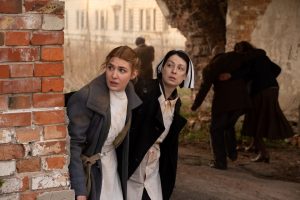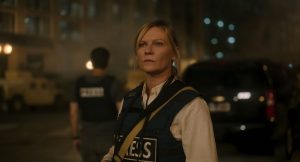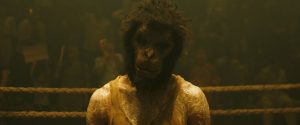Reviews include Irena’s Vow, The Beast, and Before I Change My Mind.
This Time Tomorrow: An Interview with Lina Rodriguez
August 15, 2017
Lina Rodriguez is a name you need to know.
That is, if you don’t know it already. After working in performance art and installation, the Colombian-born and Toronto-based artist announced herself as a filmmaking talent to watch with her feature debut Señoritas, which we called “portraiture through accumulated exposure.” After premiering at Locarno Festival last August, her follow-up, Mañana a esta hora, will bow in Toronto this Friday at the TIFF Bell Lightbox.
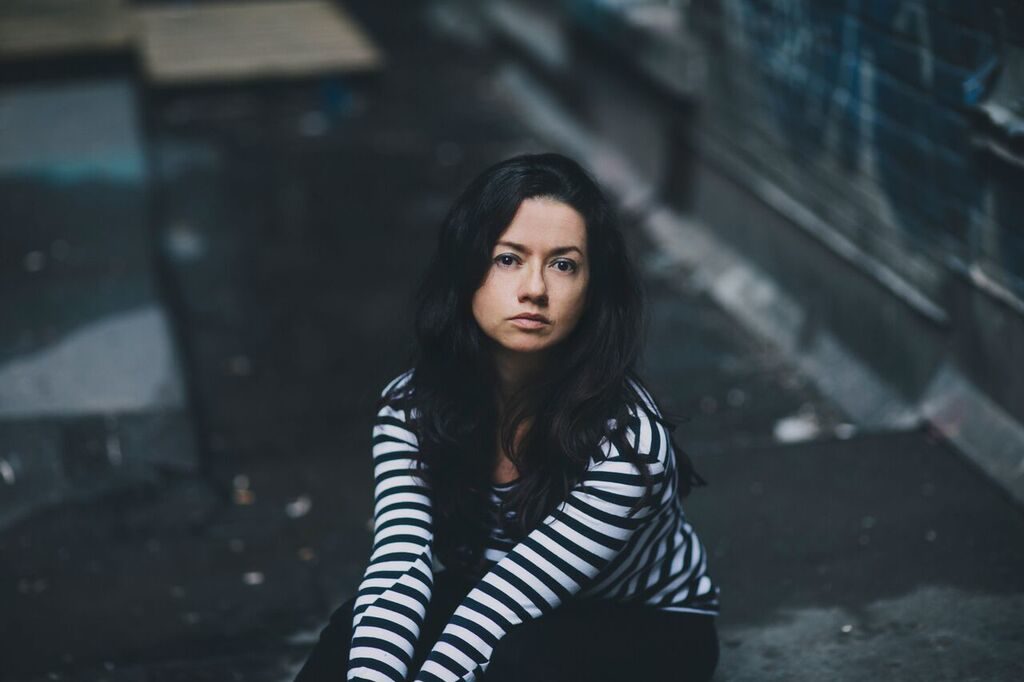
Rodriguez returned to Bogotá again to film her sophomore work, and while it reflects themes seen in Señoritas, Rodriguez has also grown in the last three years. Still focusing on the lives of young women and middle-class families in the Colombian capital, Mañana a esta hora dives into the questions of loss, impermanence, and the fragility of the lives we build from day to day. Rodriguez allows her camera to sink into the worlds of 17-year-old Adelaida (Laura Osma), and her parents Lena (Maruia Shelton) and Francisco (Francisco Zaldu), with a profound intimacy, which makes the film’s dramatic—though quietly expressed— turn all the more devastating.
Kiva Reardon spoke with Rodriguez about her new film—and the new chapter in her life post-TIFF.
KR: It is so nice to talk about your second feature! Your first film moves from public to private spaces, examining how your protagonist navigates both, while this one is more centred in the domestic and home space. Was this a conscious choice?
LR: I don’t think it was a conscious thing. But because there was a “complete” family in this one, I unconsciously spent more time in the home. My first film is more a mother-daughter relationship, and the young woman is trying to find a way to be authentic at home and in public space. But here I automatically gravitated to how a family moves in a space. Because it was this complete family, I wanted to look at it as a portrait and what you can tell about a family by looking at how they moved. Being in a family is, of course, about being related, but when you’re growing up, it’s also about being stuck in the same space, sharing common areas. For example, I realized how often I made the bed and bedroom a key place. That was my experience growing up—my parents’ bedroom was also like a living room. I don’t know if a cultural thing—I have [Colombian] friends with very different relationships to their parents—but I think of the films of Lucrecia Martel, where people who are always in bed together are family. It was this mix of these films and my own experiences that shaped how I was looking at family: Who plays what roles, how we exist together in these spaces, how we emotionally share these spaces. And it was also about the traces—leftover cups that show someone has been there.
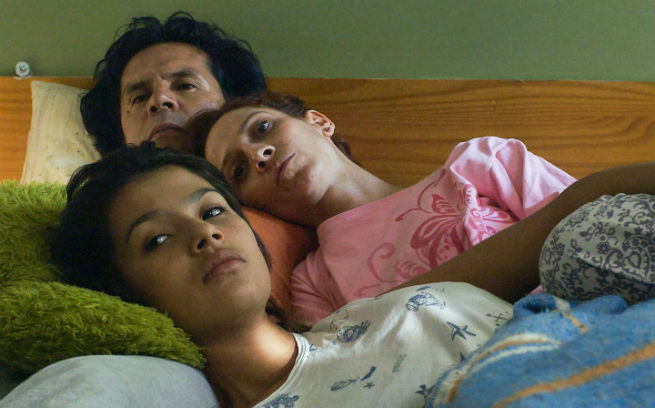
You’re pulling from your own experiences. Do you find this emotionally draining?
For sure. When I made the film I didn’t necessarily understand what the film was. Which was weird… because I wrote the script. Even though I have a methodology of working with actors where they don’t see the script ahead of time, it was still very written and not improvised. The idea of the tragic loss was always there. I think it more came from the sensation of this line that my father always said: “One shouldn’t worry too much about things, because they all pass, everything passes.” We’re always worrying about what’s to come, but then it passes and you’re on to something else. When you apply that to the small things in our lives—missing the bus—it’s easier than applying to the big losses. But those have to pass too. That’s how we move forward.
Do you keep emotional distance?
I’m emotionally connected, and not distant, but I think there’s an unconscious flow that happens. This film very clearly has two halves. We shot the first half, and really wanted the cast to create bonds. Then the second half, without giving too much away, there’s a tragedy, and I had to let the actors know what was happening in real time. That everything was going to change. And it did, even the set changed—how we moved as a crew changed. It was super emotional, even while I was aware I was creating this strategy. I guess this emotionality is always present, even in the pre-production. Because I like to be a gleaner, and I like to use everything. It’s a really intense expectation for the cast and crew, because if I use you I want you to be there and get every piece of you that I can. Because I know you’ll get something back. I’m very straightforward about this! That’s why I’m interested in making film: I want people to be aware, present and engaged with what’s happening.
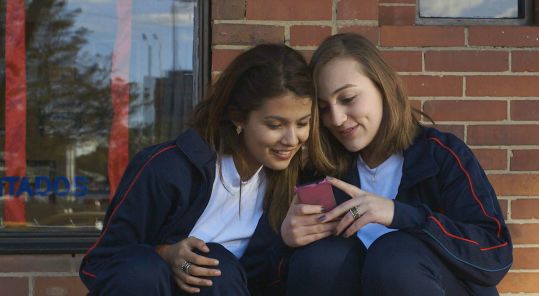
I love films that challenge the ideas of “epics”: the work of Chantal Akerman, Sofia Bohdanowicz or Mary Pratt. And making the mundane epic, because that’s what most of our lives are. There’s something powerful in making an epic out of a teacup left on a kitchen counter.
I’m not making films with small details to work against a system that has decided that real drama happens in bigger moments and on bigger scales. It’s not just rebellious. But a big part of the reality of our lives is the small moments. When there’s a loss everything that comes after that changes. A detail that might not be important for you is for me. I’m really interested not in trying to understand inner life, because I don’t think you can, but to try to get a sense of inner lives—feelings, fears, anxiety. The strategy to tell that through big moments to me is more straightforward and understandable, and not as interesting. But also not as authentic. I want to try and explore someone’s internal universe through the little things. That gives me more layers. It’s not easy to convince people. Especially funders.
I was going to ask…
I was talking about this recently to a friend, this idea that we have to work on big scales. There’s this expectation to do this, which I don’t understand. I think this is a problem of the market, which has created this demand, but I also think it’s a reductive way to think of audiences. I believe in audiences. Yes, it’s depressing sometimes when people don’t want to think, but I don’t want to make films for “art house” people to get. I think the most exciting thing about film is to bring different kinds of people who would never have been in the same room together and join them. To target a film to a demographic? That’s selling shit. I’m not interested in that.
And while the film is about one family it’s also bookended by these two shots of the sky, which are, well, epic.
That wasn’t in the script. The real ending didn’t happen and I’m so happy it didn’t [laughs]. I asked our art director and cinematographer to document the shoot with the idea of illustrating presence through absence, which the film is so much about. They would shoot what they wanted, and I had no idea what I was going to do with it. I thought at the very least we’d have a document of us making the film together. Then they found the shots [of the trees and clouds] and when my producer, Brad Deane, and I saw the shots he said: “This could be the opening.” We kept trying to find the ending, and it was the most expensive day of the shoot and the cops came because we were shooting illegally. At some point I said to Brad: “I think the clouds are the ending.” There’s a mystery to making films, which I find exciting. I try to do everything I can to break every rule and open every hole that allows for the unexpected to happen.
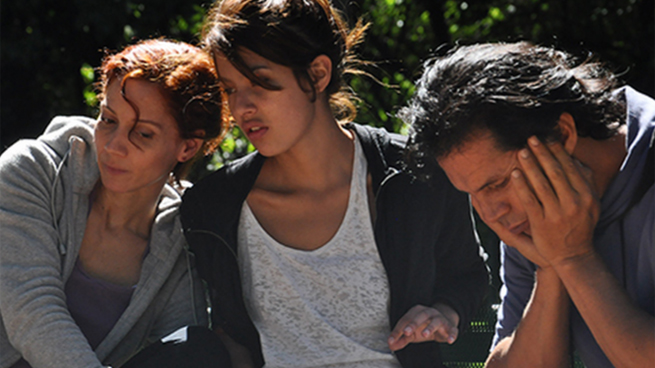
Speaking of endings: You’re leaving your position as Communication Manager at TIFF to do your Masters at York.
I fell into doing publicity. I never studied for it. For me it was a way to make a living and it was a great way to make an extension of my practice. I always wanted to make films; I did some performance art, installations. I always needed something to keep me going. Doing publicity was a way for me to invite people to think about something new. Going back to what I was saying about bringing people together, to encounter each other in something and get something from it. Not just: “I’m going to target 25-35-year-old females.” I don’t think people are dumb. It was a way to find access points for people without them feeling scared or intimidated. And to create more critical thinkers, which this world needs more of. That’s what I’m trying to do with film. Not change the world but try to invite people be authentic, ask questions, not accept the world the way it is, because we shouldn’t.
Do you see yourself as part of the “Toronto New Wave” and this upcoming generation of filmmakers from this city?
I don’t know where I fit. And I kind of like it like that. Being an immigrant, I always ask myself: “Am I Canadian? Am I Colombian? Why am I here? Where do I fit in?” I want to see more stories and images of what it’s like to feel in-between. In terms of labels it’s interesting: I started as an experimental filmmaker, then my first film was like my birth certificate in the Colombian film scene because I’d gone to school in Toronto; so I became a Colombian filmmaker. At some point I’m called a “woman filmmaker.” But I have yet to be a Canadian filmmaker. Maybe if I make my next film here I will be. Maybe that’s part of my “in-betweenness.” But for now, I can read and think for two years and develop my next film.

